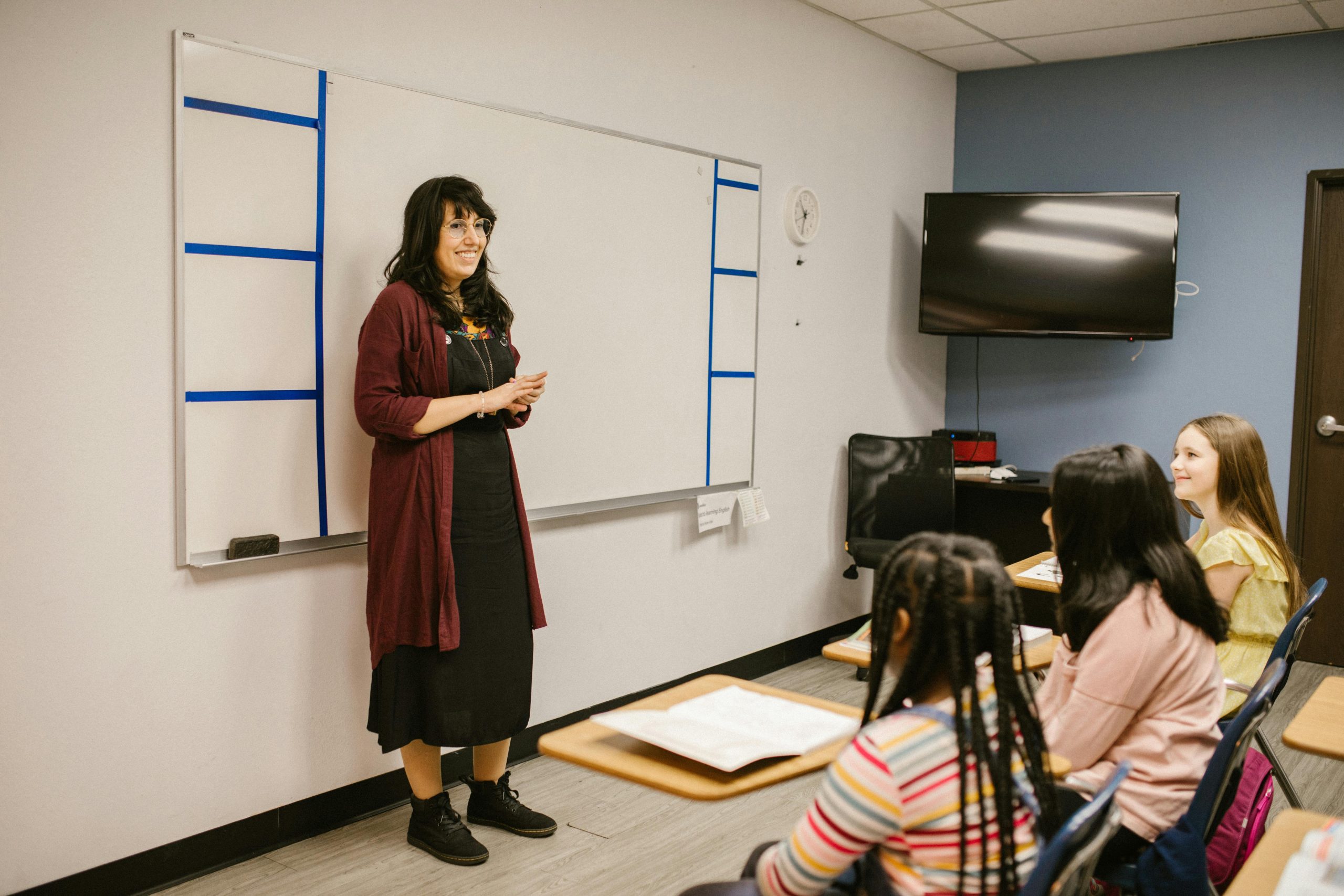Would someone who says, “AI is just a next token predictor” please explain to me how…
Understanding the Complexity Behind AI’s Language Generation: Can It Truly Craft Coherent Jokes?
In recent discussions, a common assertion is that artificial intelligence, particularly language models, functions merely as a next-token predictor. While this characterization captures the statistical nature of models like GPT, it prompts an intriguing question: How does such a system produce complex, context-rich outputs like elaborate jokes that culminate in a well-constructed punchline?
At first glance, it might seem that generating the opening lines of a joke requires some sort of overarching plan or understanding of the story’s trajectory. Without this, it’s challenging to see how the model can maintain coherence and build toward a satisfying conclusion. Does this imply that language models are simply generating words based on immediate probabilities, or is there more under the hood that enables them to craft such intricate narratives?
This question touches on fundamental aspects of AI language processing. While these systems primarily operate on pattern recognition and probability calculations, their ability to produce coherent, contextually appropriate content suggests a form of implicit planning. They appear to leverage vast amounts of learned data to “predict” not just the next word, but to generate meaningful sequences that resemble human storytelling, including jokes with setup and punchline.
So, what might be missing from the “next token predictor” perspective? It’s worth considering that these models are trained on enormous datasets containing countless examples of humorous storytelling and structured language. Through this extensive exposure, they develop a nuanced sense of context, narrative flow, and even humor mechanics—allowing them to generate content that feels purposefully constructed, rather than random word sequences.
In essence, while AI models may operate fundamentally on probabilistic predictions, their immense training enables them to mimic the broader planning and world-building capabilities that humans employ when crafting jokes or stories. This emergent proficiency demonstrates that the process isn’t merely about predicting the next word, but about capturing the underlying structure of language and thought patterns.
Ultimately, understanding AI’s ability to produce complex, coherent content invites us to look beyond the simplicity of the “next token” narrative. It’s a testament to how models distill patterns from vast textual landscapes to generate outputs that often feel intentional and thoughtfully constructed—much more than just an elaborate guessing game.














Post Comment